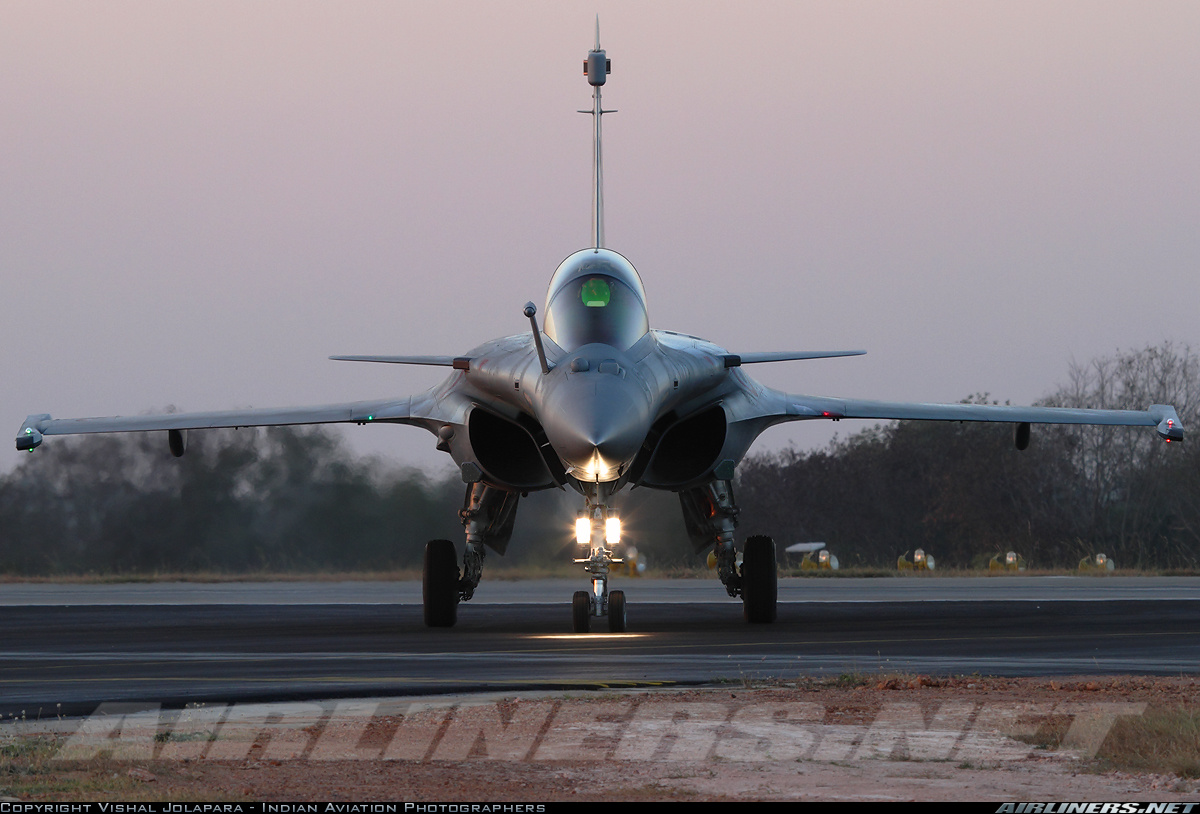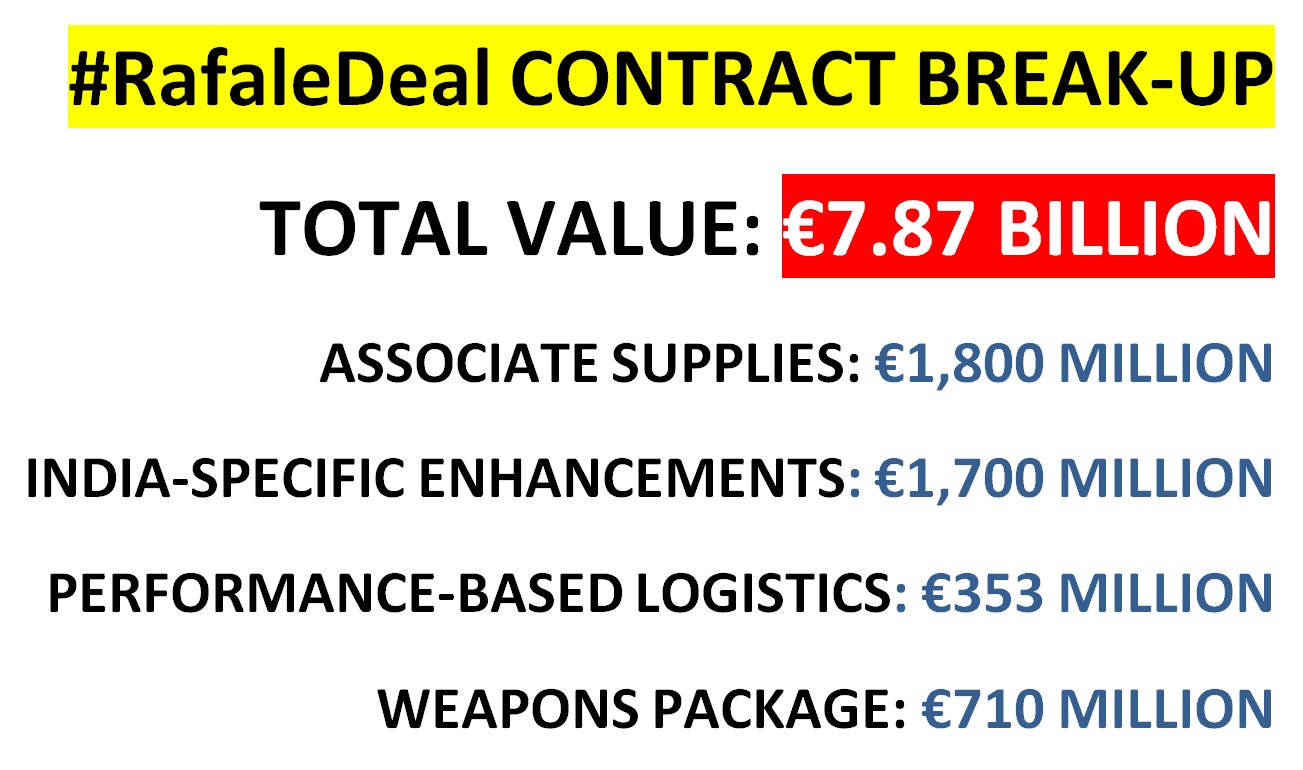
After a decade spent in increasingly confounding uncertainty, the Indian government has finally accorded final clearance to a deal for Rafale fighter planes, a contract that has obtained mythical status for its relentless elusiveness — a rival vendor once described the deal as signature-proof. With India’s Cabinet clearing the €7.87 billion deal with France, a contract is all set to be signed this Friday. A search for they keyword ‘Rafale’ on Livefist gives you a sense of just what a shaky ride it’s been. Livefist, which launched a few months after the Rafale was formally fielded by France in India’s erstwhile M-MRCA jet contest, has tracked every aspect of the campaign — going on to scoop India’s final selection of the Rafale in the competition in January 2012. Since then, it’s been over four years of brutal negotiations, friction and a great deal of hard-nosed diplomacy across two Indian governments that has resulted in final approvals today.
Not until price negotiations ended successfully in April this year was it actually truly certain that the deal would go through. France held out till the end, as did India’s team of MoD negotiators. Finally, it has been reported, India managed to shave a pretty ample €510 million off the package France put on the table. In the words of an officer familiar with negotiations, “The French don’t give away anything during negotiations. One never fully knew what they thought when we made a counter on any subhead. In the end, it was a multi-pronged effort aided by a diplomatic push.”
India, which had been tipped to be the Rafale’s first export customer, no longer will be. But the Rafale it has chosen will contain a large number of country-specific enhancements. Here’s how the deal value breaks up:

The weapons package will contain the MBDA Meteor BVRAAM missile — a detail that wasn’t conclusive until last week, and has been correctly interpreted as a game-changer in the region. The Rafale is a formidably advanced jet, and India will arguably be getting finely tuned airplane to meet an urgent requirement of modern combat fighters. But that doesn’t mean the turbulence is over. The Rafale deal has engendered a lively and aggressive debate over whether India should be forking out so much budget on a deal that will finally only fill up a couple of squadrons. The Indian government and IAF have managed to work their way around similar concerns from within the establishment — particularly the Finance Ministry — that threatened to kill even after Prime Minister Modi’s assurance in Paris in April 2015 that India would buy 36 Rafales, all built in France.
Much has been said and written about the Rafale. Livefist is about as old as the Rafale’s decade-long zip through Indian contracting airspace — a mere moment compared to how a handful of other Indian deals have played out (ask the folks at BAE Systems about the original Hawk deal). But the truth is this: India’s first fighter deal in two decades is no small affair. How the Rafale meshes in with Indian Air Force service when deliveries begin 36 months from now will be deeply interesting. The IAF has had a warm affair with its French-built Mirage 2000 jets and has already made known its views on the Rafale. The months and years ahead promise to be more tantalizing than the last decade has been. And that’s saying something.

Still waiting to see it in the sky..
Let’s see what future 90 jets will be, now the deal for 36 Rafales is done. It is a nightmare to manage so many different aircrafts for IAF. Super Sukhoi, LCA Tejas, Mirage, MIG 29, 21, Jaguars.
Mig 21, 27 will go and get replaced by Rafael So it is more or less the same number
may be the 7th type of combat aircraft we are going to have that too with such small numbers; such a logistic nightmare! Mig 21, Mig 27, Jaguar, Mirage, Mig 29, Sukhoi then this and tejas! ohh…and we’ll get them only by 2024 or so, considering the rate of production french having as of now.
Just wanting to know, does it make sense to buy just 36 jets? Or is it being bought for specific role such as deep penetration fighter or for delivering nuclear weapons.
Also is it sensible to have so many different types of fighters in the inventory, mig 21, 27,29, Mirage 2000, Su 30mki, Jaguar, LCA Tejas. Doesn’t it increase the logistical burden.
It’s hardy a problem of types, as some types will retire by the time it’s inducted and by when at least 40 LCA will be flying. A different type is not always bad, the good side it that enemy can hardly prepare for all the types and their weapons. If meteor is coming it should mount on every fighter of IAF, so should russian missiles and americans if their jet is chosen. This proved to be a headache for the enemy, so the inconvenience might be worth it after all.
Hindustan has totally missed its long term planning for its three branches of the armed forces. The Defense Minister, The Prime Minister and the armed forces heads are to blame this haphazard way of purchasing equipment. The long term investment in the defense industry is the vital component that is coming up slowly , …..yes very slowly, specially the aircraft industry. Need to do more before Chinese & Pakis walk all over us. Wake up Mr. Modi .